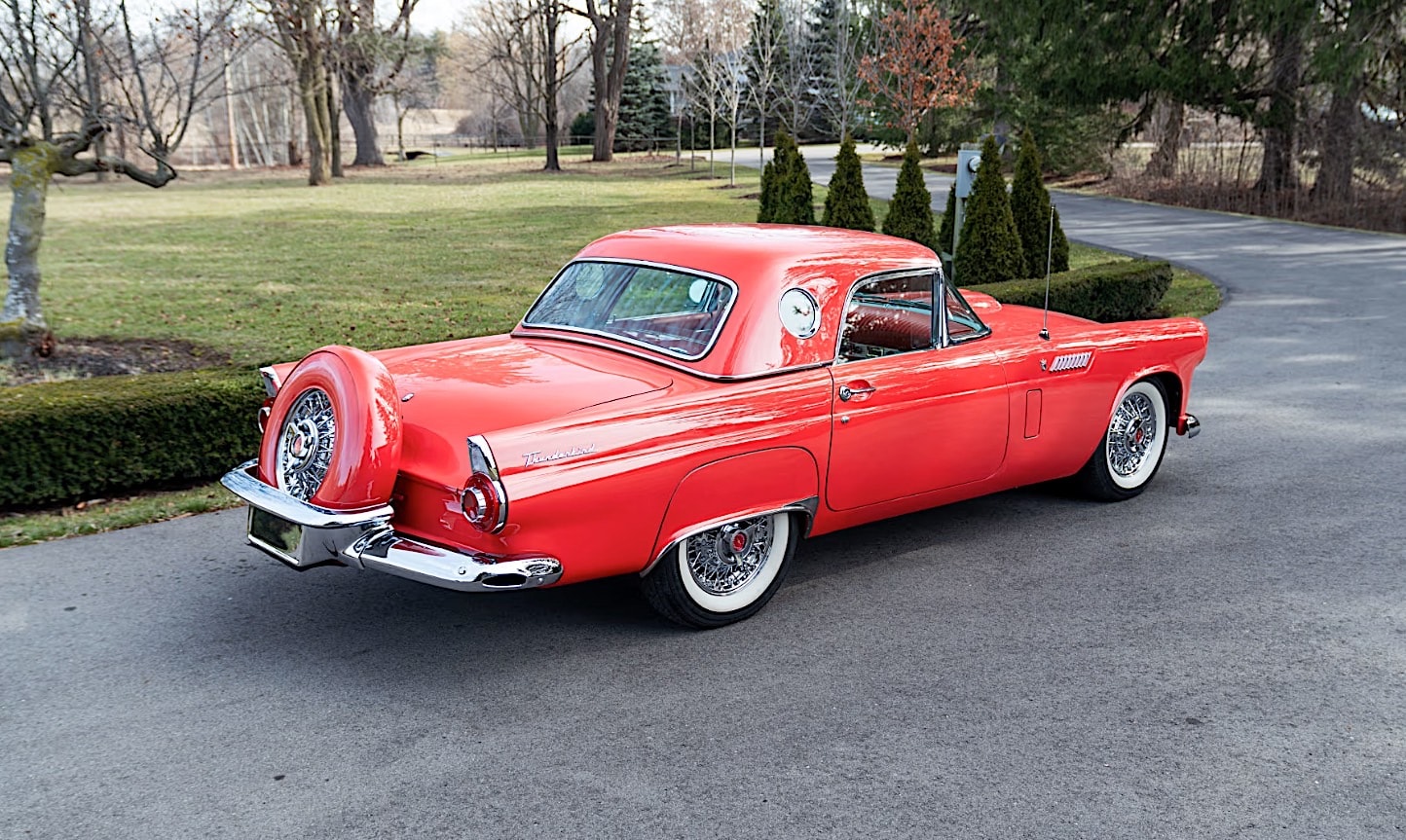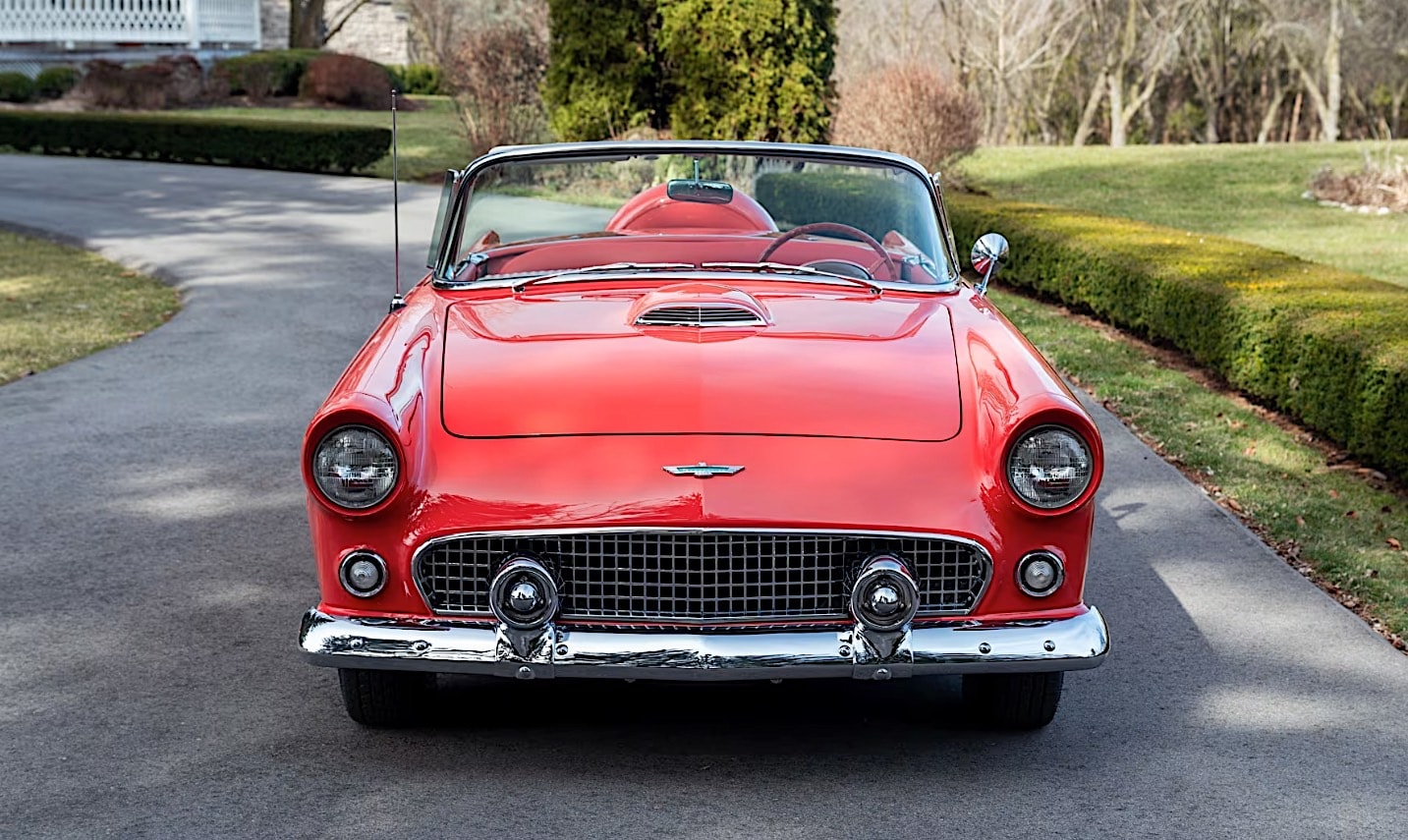In aviation history, one feat stands out as a testament to human endurance and ingenuity. It all began with the Cessna 172, a stalwart aircraft introduced in 1956, boasting a Lycoming engine and an impressive range of 800 miles on a full tank of fuel.
In late December 1958, amidst the burgeoning excitement surrounding aviation, pilots Robert Timm and John Cook started on a daring mission over the Las Vegas area. Their audacious goal? To set a record for the longest continuous flight in history a remarkable endeavor that would last 64 days, 22 hours, and 19 minutes, a feat yet unmatched.
Dubbed “Hacienda,” their aircraft was modified with additional fuel tanks and supported from the ground by a fleet of trucks and cars, ferrying supplies and fuel to sustain the endurance flight.

Among these ground support vehicles was a 1956 Ford Thunderbird, originally owned by the proprietors of the Alamo Field, now McCarran International Airport in Las Vegas. This unexpected partnership between a luxury car and an aircraft exemplified the resourcefulness of the operation, as the Thunderbird was repurposed to shuttle vital provisions to the airborne Cessna.
Following its pivotal role in the record-setting flight, the Thunderbird’s journey continued, passing through various hands, including the Hughes Tool Company owned by the legendary aviator Howard Hughes. Restored to pristine condition, the Thunderbird stands as a testament to its enduring legacy in aviation history.
As it goes up for auction, accompanied by original photographs documenting its pivotal role in aviation history, the Thunderbird serves as a poignant reminder of the ingenuity and collaboration that fueled one of the most remarkable feats in aviation history.

